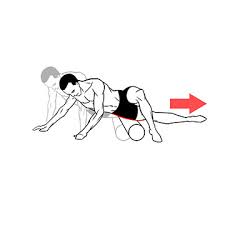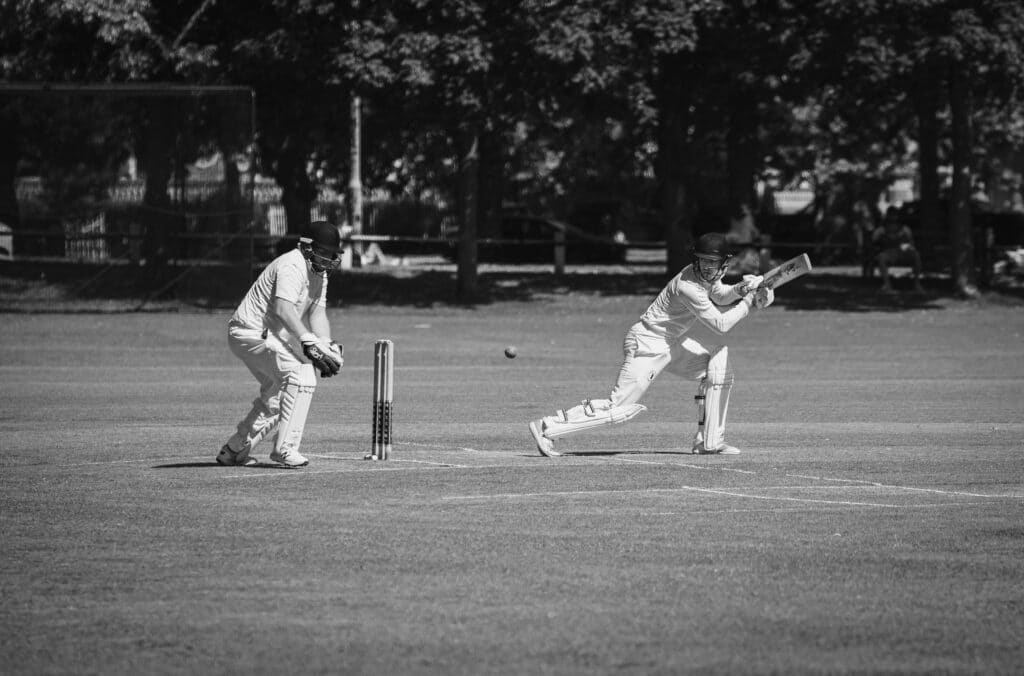Cycling Knee Pain
What we’ll cover
Cycling Knee Pain
With the end of the Tour de France, not only does it bring an end to late nights but further motivation and determination to get out on the bike.
Whilst cycling has its risk of injuries associated with falls and accidents, it is the repetitive nature of cycling that causes the majority of injuries. Regardless of whether you’re interested in road cycling, triathlons, mountain biking or just commuting, cycling injury prevention principals remain the same.
Cycling incorporates the major muscle groups of the leg and a common complaint is knee pain during or after cycling. A common cause of knee pain related to cycling is patellofemoral joint syndrome.
Patellofemoral joint syndrome commonly occurs from incorrect tracking of the knee cap which can result in pain around the front of the knee. At times this can even refer pain down the shin. In some people this can be caused by muscle imbalances, poor biomechanics, poor technique or poor flexibility.
A small muscle known as vastus medialis oblique (VMO) usually counterbalances any pull of the larger vastus lateralis (VL) on the knee cap. Cyclists commonly develop tightness associated through the iliotibial band (ITB). The ITB attaches to the outside of the patella and increased tightness can cause a pull to the side with each pedal stroke. As flexibility through VL and ITB decrease, this exacerbates the imbalance around the knee cap causing poor tracking around the knee.
What to do if you have Cycling Knee Pain
- If experiencing pain around the knee, utilise icing and rest to reduce inflammation (this may mean less hills, less time in the gym, slower rides)
- Ensure that you utilise all the pedal stroke – a common technical issue is not using the gluteal and hamstring muscles
- Seek advice from your physiotherapist – your physiotherapist is able to assess and address the key factors that can be causing your knee pain
- Ensure your bike is appropriately fitted
- Aim to maintain flexibility through your ITB. Utilising a foam roller is a simple way to self massage your ITB before and after riding. Starting at the hip joint, roll down towards the knee joint placing as much weight through your arm and opposite leg as required.



